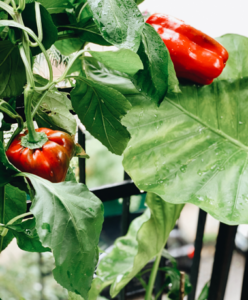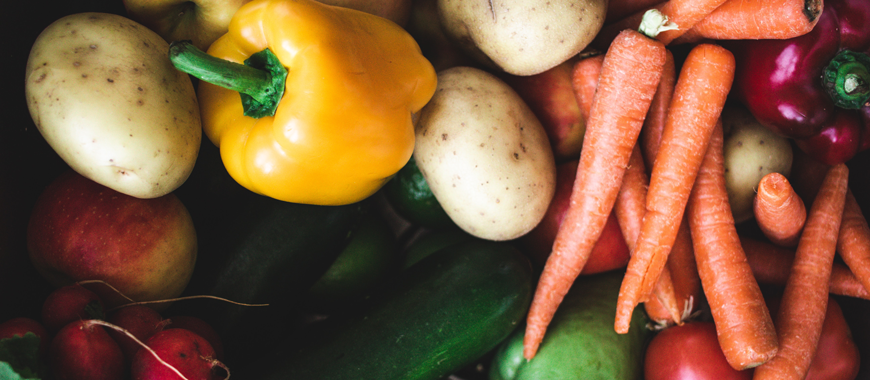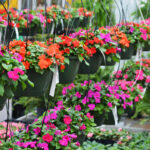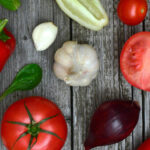Vegetable growing has gained popularity again with the cost of increased food prices. While vegetables are easy to grow, there is some mid-summer maintenance that can make your vegetable production at a premium. While we would love to take you through the individual care of all veggies, here is an overview of some of the most popular.
Tomatoes – The most popular home garden vegetable. Mid-summer can bring a variety of challenges that are easy to remedy. Keep your bottom leaves off the ground by pruning the bottom 6″ of the leaves off of the stem to prevent diseases from splashing groundwater. Water in the early evening. Watering later in the evening will cause the leaves to remain wet going into the night hours, which could cause disease. Watering deeply is important to reach all roots in the root zone. Mulch the root zone area with 3″ of organic material to help the soil retain its moisture.
As the temperature rises, leaf curl is common. This can occur no matter if there is enough water or not. As the temperature decreases, the leaf may relax, but do not be shocked if it doesn’t. The tomato production will usually not be affected by leaf curl. When the temperatures start to approach the upper 80s and 90s, fruit set could become sporadic. The application of Fruit Set may be necessary to aid in the plant keeping its flower on the plant to ensure pollination.
As the fruit develops, blossom end rot will often appear at the bottom of the fruit. This occurs when we have had prolonged periods of moisture, preceded by cooler wet springs. In other words, we are expecting to see this happening this year. Applying bone meal at the time of planting and again during fruit set will help. Yield booster spray will also help get calcium to the flower and fruit which may alleviate the signs of deficiency.
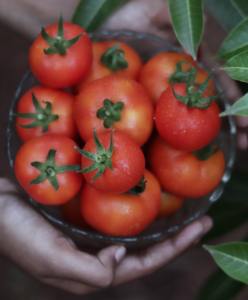
Cucumbers – Cucumbers can grow in any location. They are easily adaptable to many situations, therefore can endure many different conditions. The most common problem seen with cucumbers is not watering enough. They should receive a minimum of 1″ of moisture a week. Not enough water can lead to bitter fruit. Always water from the bottom so the leaves are not getting wet. Keep up with picking cucumbers at the desired size.
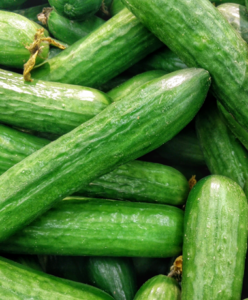
Peppers – Much like tomatoes, peppers require even watering to promote good fruit development. Peppers should not be overly fertilized. If you are using Jack’s brand fertilizer, (which we suggest) apply fertilizer every 2-3 weeks. Granular fertilizer should be applied at planting time and again in early July.
Blossom end rot is also common in peppers, using the same steps to prevent blossom end rot in tomatoes will also help with preventing this disease in peppers.
